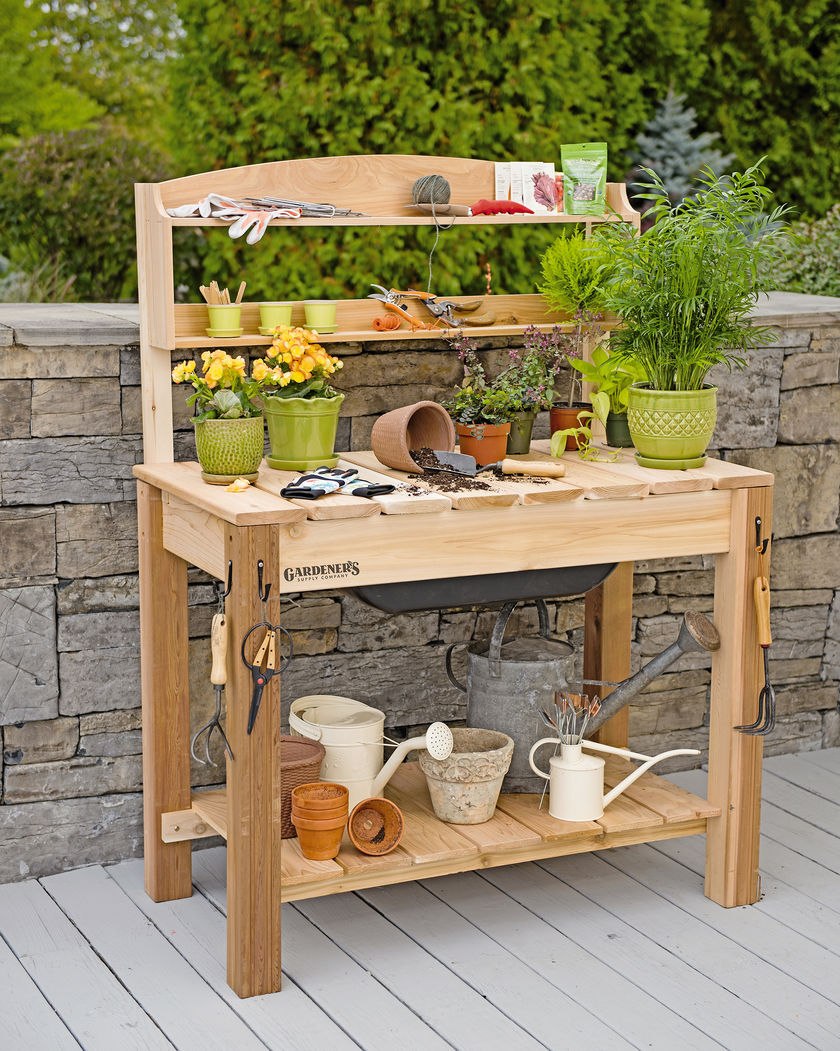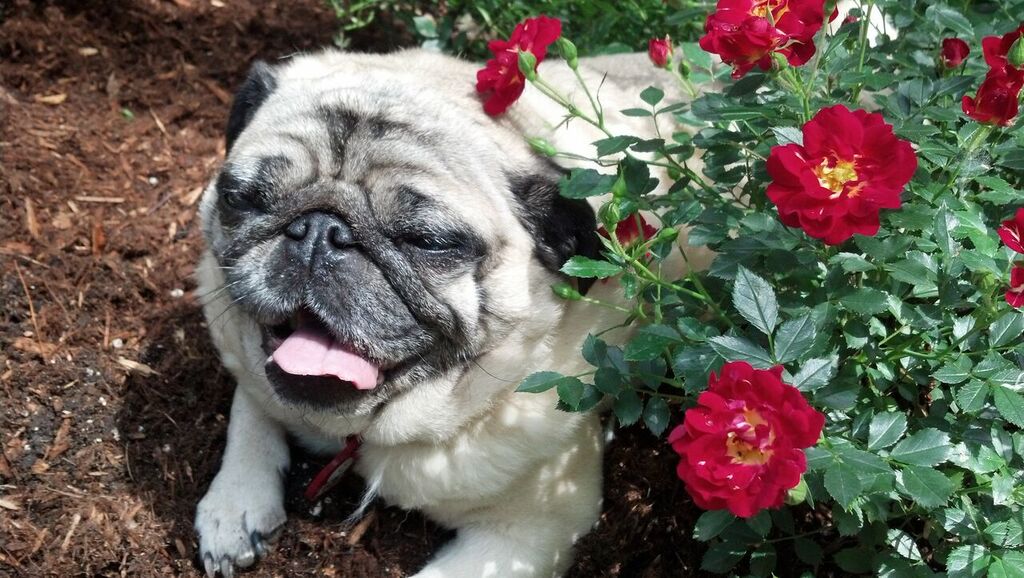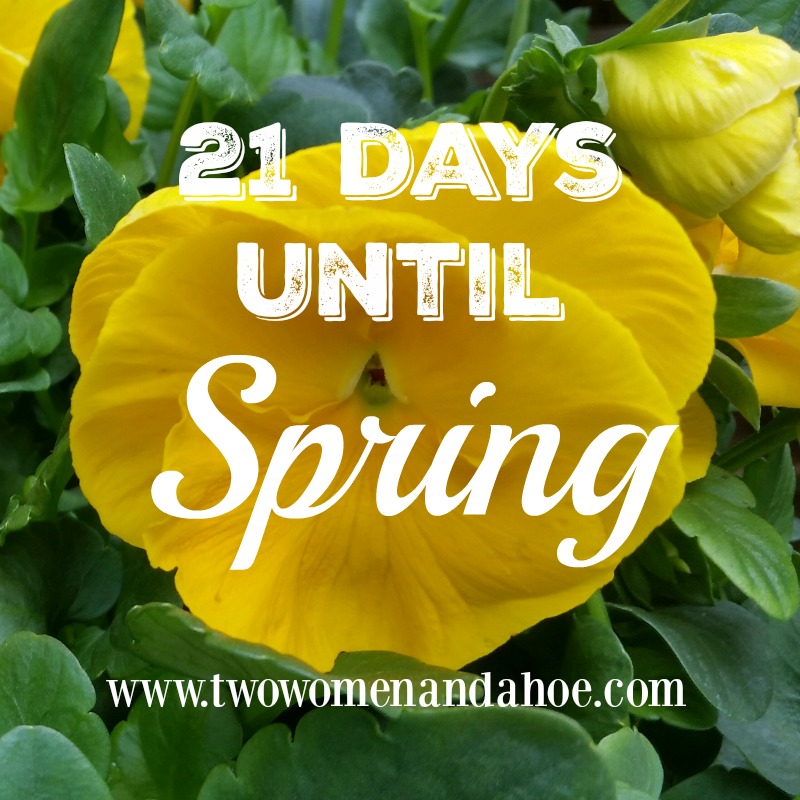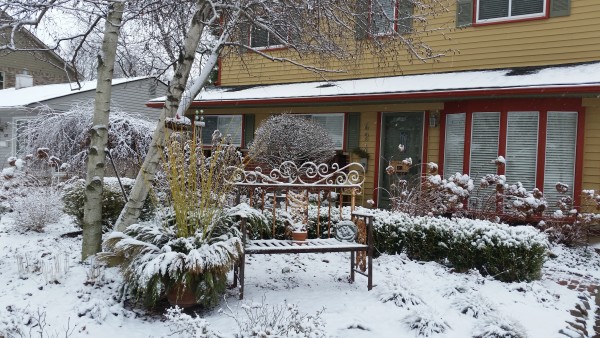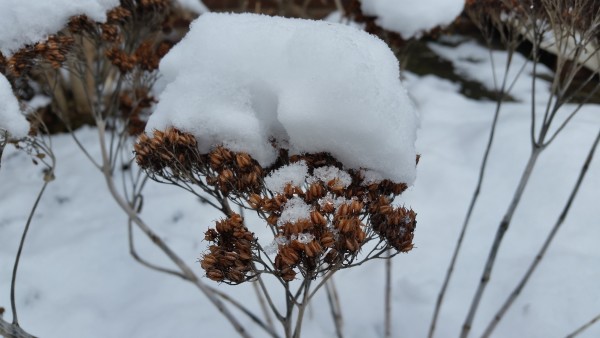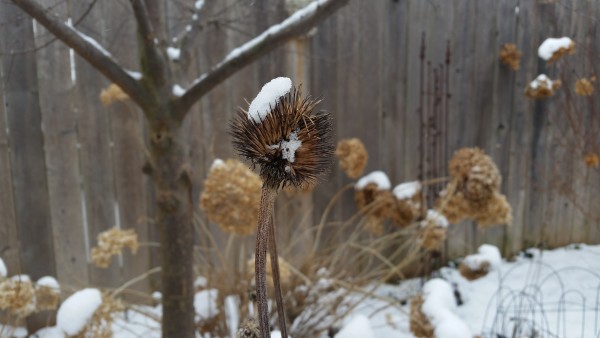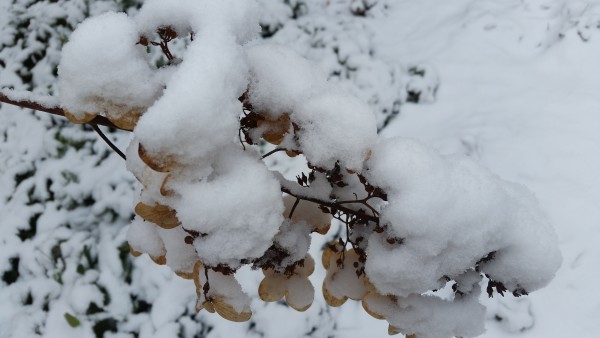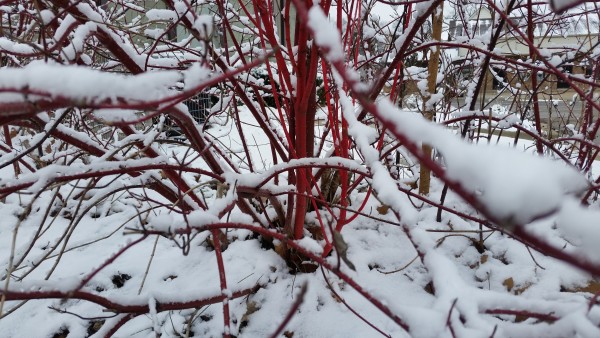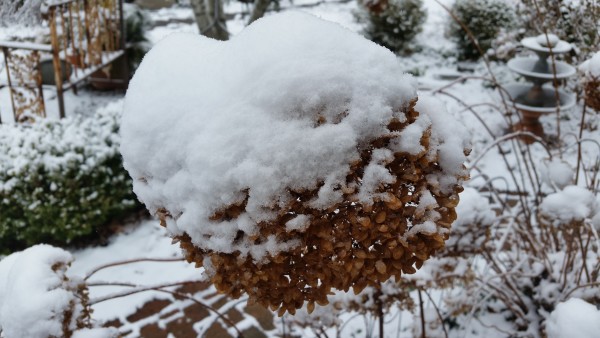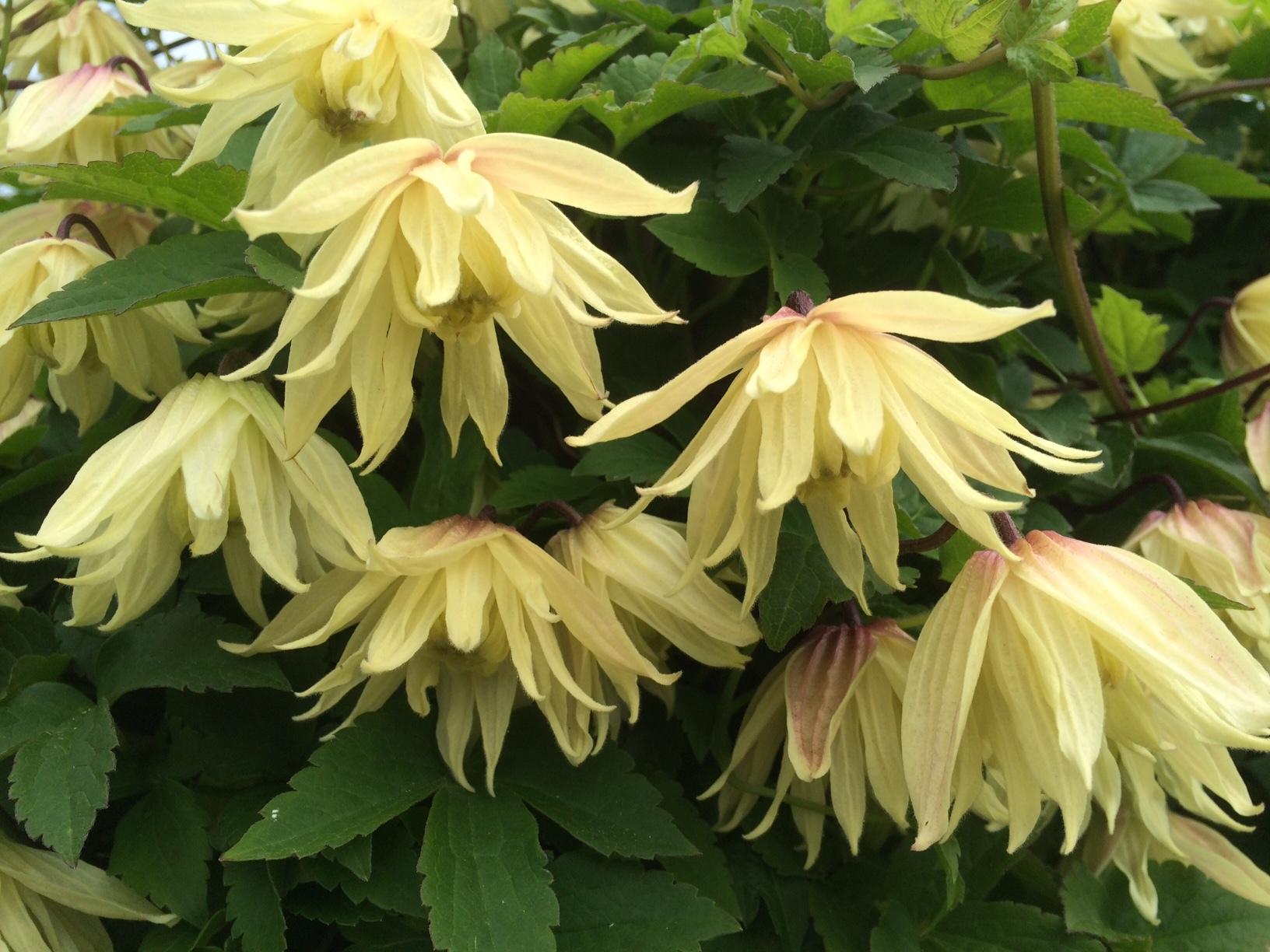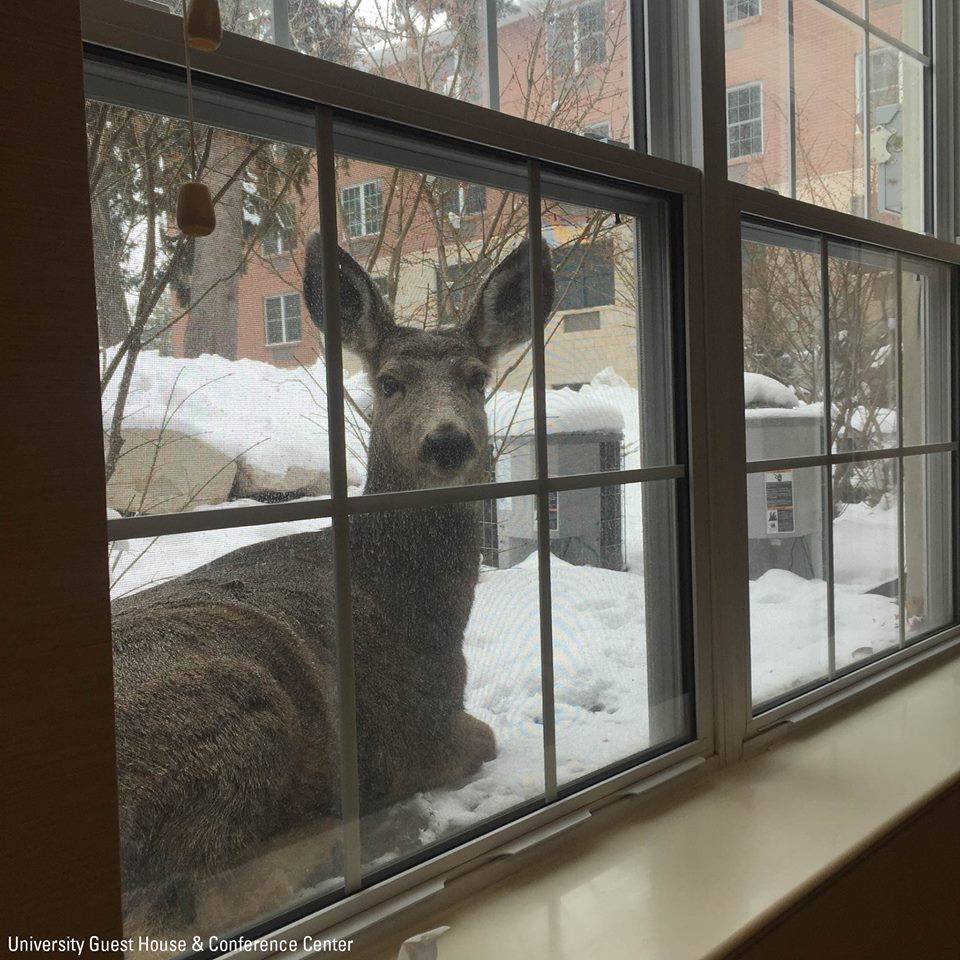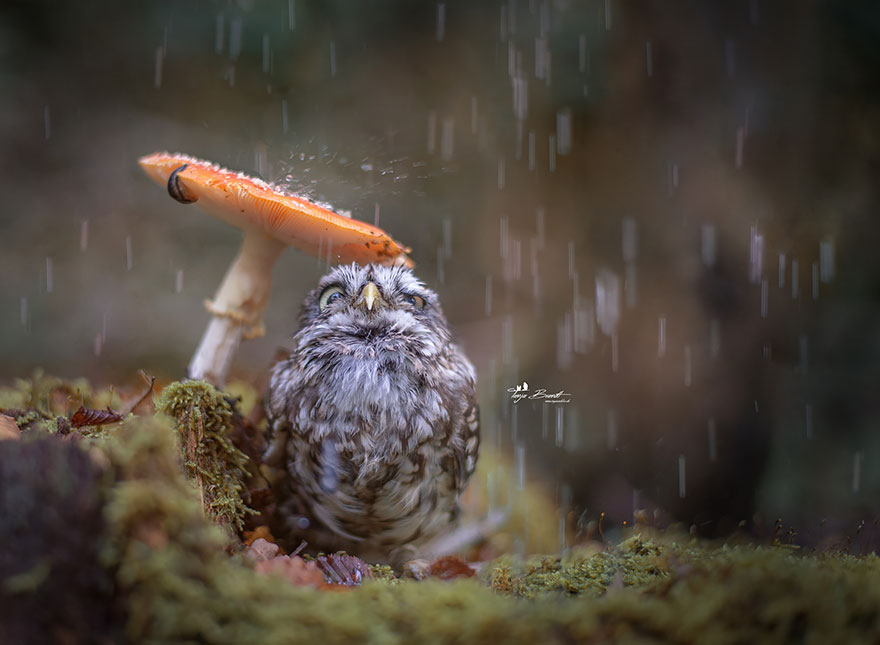Congratulations Shara Podobinski!!
Please email your shipping address to: ja*@tw*************.com
Thank you for participating!
Happy Spring, Friends!
Cedar potting bench, potting table, call it what you want! Someone is going to win it!
I am delighted to be part of the Gardener’s Supply Company’s product review program. Recently they sent me this FABULOUS potting bench to review for my honest feedback. Well, if you can’t tell already, it was love at first sight! This high quality, easy to assemble potting table was exactly what I needed. And, I am excited to host this giveaway because one lucky reader is going to WIN their very own bench!
Are you ready to win?
To enter today’s giveaway, leave a comment below – tell me your favorite thing to plant! One entry per person, please.
Comments will close by 9:00 a.m. EST on Friday, March 25th.
will be chosen by Random Number Generator and announced in this post shortly thereafter.
Here’s my story:
Many years ago I purchased a potting bench from a local antique dealer. The bench was made from 100 year old barn wood; it was big and heavy (not very functional) but I liked it. However, the antique piece was more like art in the garden then a ‘true’ functional gardening essential. I placed the bench in the far corner of my backyard knowing I would never really use it; it was very cool looking, don’t get me wrong.
After ten years or so, the old bench rotted away and was dismantled for fire wood. Since then, I have wanted a new potting bench for years – one I could actually use for gardening! I see many DIY tables on the Internet and they are quite nice. But I am not crafty enough to build my own so I admire them from afar. Then Gardener’s Supply Company asked if I thought my friends (YOU) would be interested in winning one. Well, as you can imagine, I squealed ‘YES!
A few days later, two large boxes were delivered to my home. Guess what was in them? This lovely cedar potting bench for me to assemble and review. Now it’s March in Michigan; there’s not a lot of gardening happening so receiving anything garden related this time of year is like Christmas all over again. I didn’t care how cold it was outside, my new gardening toy would soon be assembled in my family room and placed outside immediately.
Let’s get down to business:
My job was to assemble the bench first and swoon over it later. I mentioned earlier, I am not super handy at building things but this was easy to assemble, I even surprised myself. There were eight screws for the base and a few others, that’s it! Here’s some pictures of not-so-handy me effortlessly assembling my new bench.

There are only eight screws to assemble the base. Easy peasy!
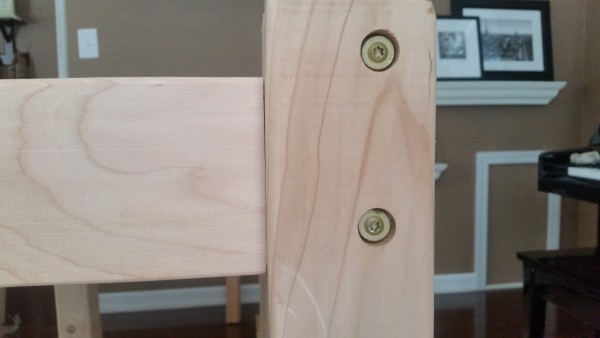
An Allen wrench was included. It made assembling so easy!
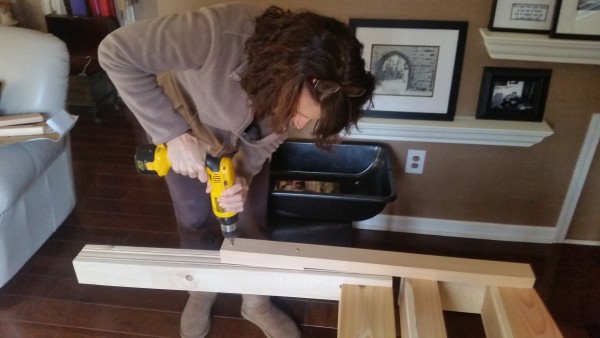
I used a power drill for the 4 screws that hold the top shelf to the base, that’s all!
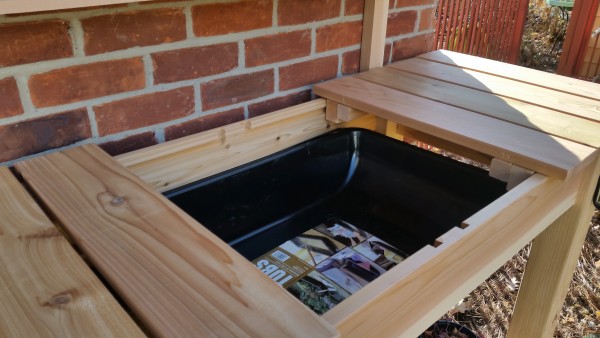
Dry sink with a plastic bin for soil! Just what the gardener ordered!

There are 4 forged hooks for gardening tools. The power drill came in handy here, too!
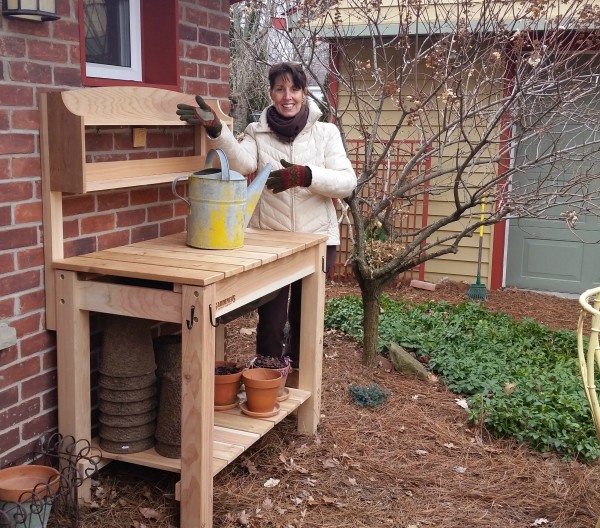
Ta Da! That’s me and my new potting bench – hurry up spring!
Here are some highlights:
- Lovely potting station with a lot of work surface for gardening
- Both sides on top slide open for easy access to the dry sink
- Bottom shelf is perfect for storing watering cans and extra pots
- Upper shelves add more storage
- Handy hooks for gardening tools
- Rot resistant attractive Western red cedar with plated steel hardware
FYI: Gardener’s Supply Company is on Facebook, Twitter: @gardenerssupply and Instagram: gardeners.

